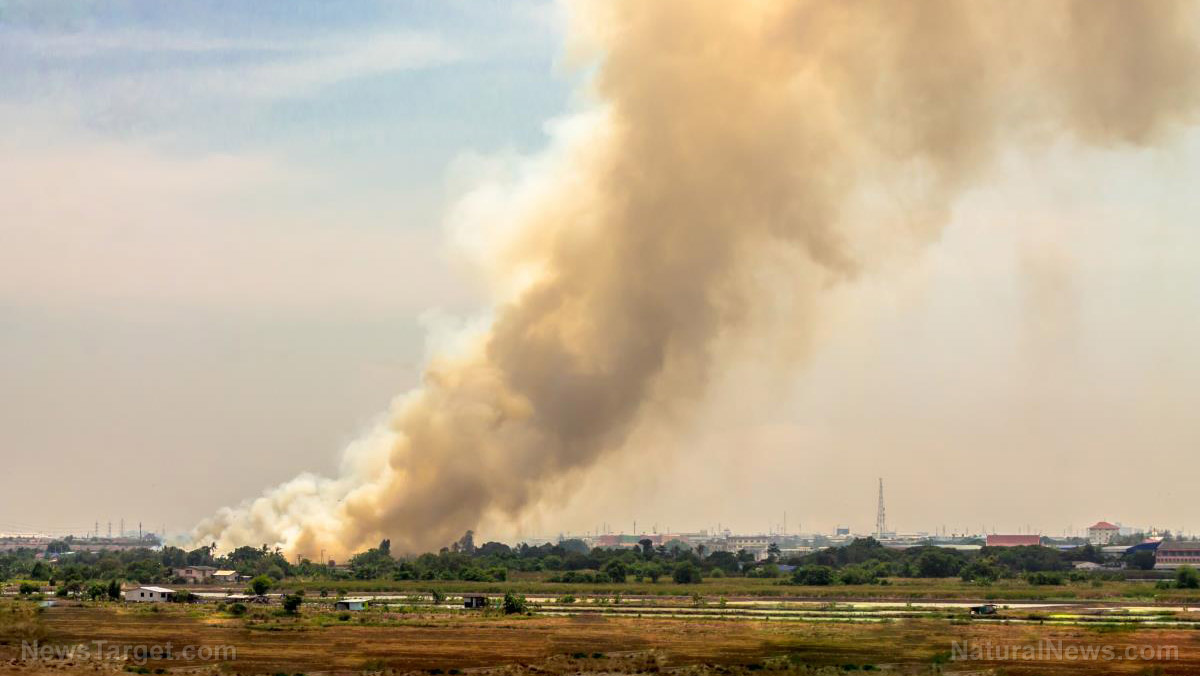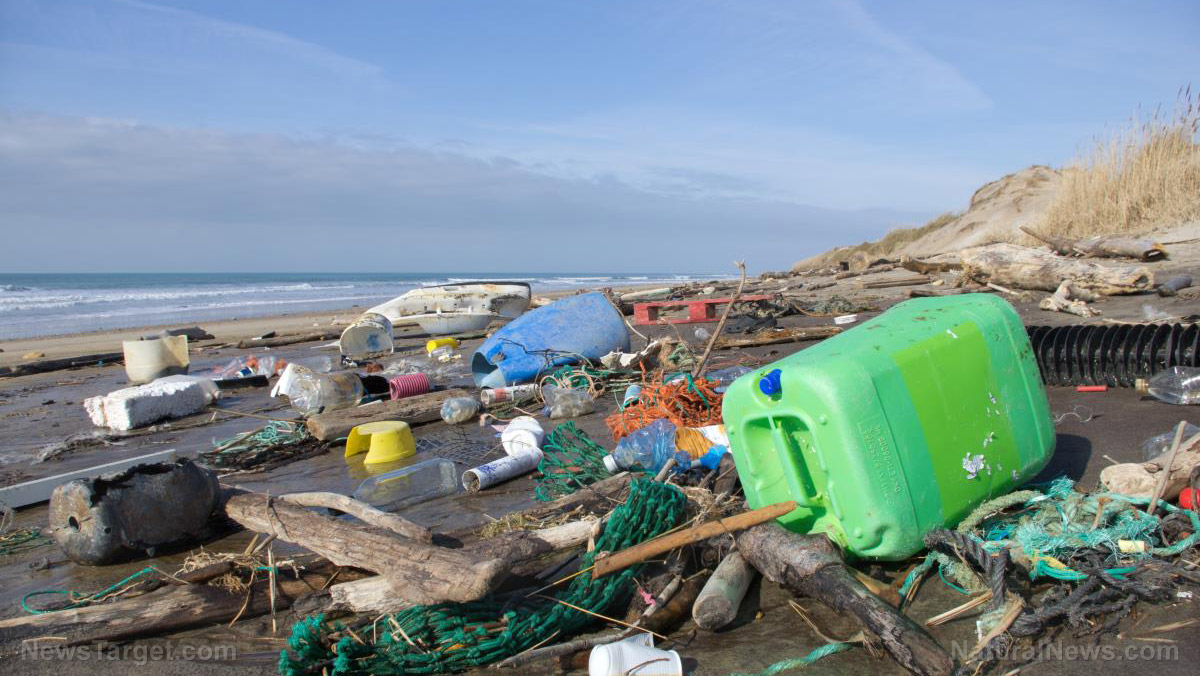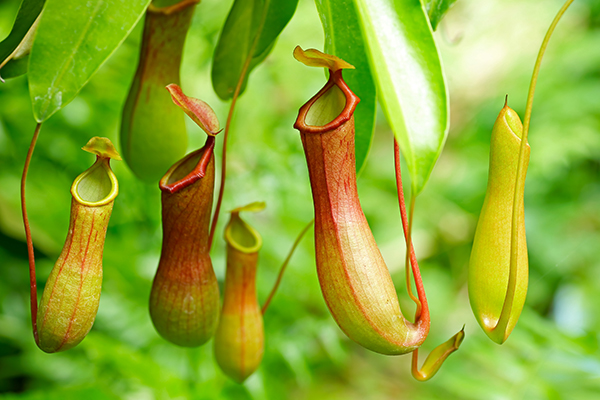Massive locust swarms threaten parts of southern Africa
10/14/2020 / By Divina Ramirez

Migratory locust swarms are poised to tear across the nations of Botswana, Namibia, Zambia and Zimbabwe, according to a recent report from CTV News.
These swarms are smaller and less detrimental than the billions of desert locust swarms from two months ago that damaged crops in Ethiopia, Yemen and parts of India. Nonetheless, authorities from all four countries have conducted pesticide spraying efforts in a bid to contain the outbreaks. Pesticides are considered the only effective form of locust control.
Unfortunately, serious considerations about the inaccessibility of some of the affected areas due to the terrain and the potential environmental impact of pesticides in ecologically fragile zones have greatly limited national efforts to curb the infestation.
But authorities have no time for stalling. Locusts are large grasshoppers that, although typically solitary, can congregate into dense and mobile billion-strong groups under certain circumstances. When in this swarming phase, locusts have been known to wreak havoc on large swathes of agricultural land.
In a recent statement, the Food and Agriculture Organization (FAO) of the United Nations (UN) said that farmers in the affected regions have already been struggling to recover from an unprecedented drought last year and the economic fallout from COVID-19.
Therefore, this recent outbreak of migratory locusts could further affect farmers’ livelihood and food security in the affected regions.
Global locust attacks
Locusts are used to a life of heat and drought, with some species capable of surviving without water for as long as a month. This could explain the prevalence of locusts and the frequent infestations in countries with a hot summer or a warm climate year-round.
For instance, millions of locusts are now eating through agricultural land in Combarbala, Chile. Residents in affected farming communities have started to fear for their livelihood, calling on authorities to curb the infestation.
Swarms of the voracious insects have also plagued farmers in Brazil, threatening to cross over into the neighboring nations of Uruguay and Paraguay.
Commenting on July’s locust outbreak in East Africa, entomologist Dino Martins said that there could be a deeper message behind the locust infestations.
Deforestation, overgrazing from intensive cattle farming, and expanding deserts are conditions that allow for locusts’ survival, said Martins. These conditions could also be encouraging the insects to breed in excessive numbers.
In light of the outbreaks so far, experts are concerned that pesticides are no longer enough as a solution. Moreover, the amount of pesticides needed to kill billions of locusts could have consequences for both human and environmental health.
Fighting infestations amid the pandemic
Controlling locust outbreaks in the middle of a pandemic is easier said than done. For one, pesticides need to be sourced from countries like Japan, Morocco and the Netherlands.
Unfortunately, the COVID-19 pandemic has grounded most flights, creating less reliable and more expensive cargo supply chains. In effect, the pandemic has stalled the importation of pesticides.
This delay could have serious consequences, said Stephen Njoka, the executive director at Desert Locust Control Organization for Eastern Africa (DLCO-EA). The locusts could have already doubled their numbers during the delay, a situation most felt in Kenya.
Furthermore, fumigators need to use protective clothes given the threat of COVID-19 to public health. These include overalls, boots, goggles and masks similar to those used by health teams routinely disinfecting streets and public places to curb the coronavirus’s spread.
However, FAO spokeswoman Judith Mulinge expressed concerns that the stalled importations could affect their current stocks of protective clothing for fumigators on the ground.
Meanwhile, helicopters are also facing problems getting into the infested regions. Helicopters are needed to track the movement of locust swarms. However, the pandemic has stalled the shipment of helicopters. Pilots are required to undergo quarantine upon arrival as well, which further adds to the delay.
Should these limitations continue to hinder authorities from controlling locust plagues, regional experts fear that millions of people could be pushed into hunger. (Related: Investing in infrastructure is how to feed the world; GMOs, chemical agriculture waste resources while corporations profit.)
Learn more about insect infestations and how to manage them at Environ.news.
Sources include:
Tagged Under:




















